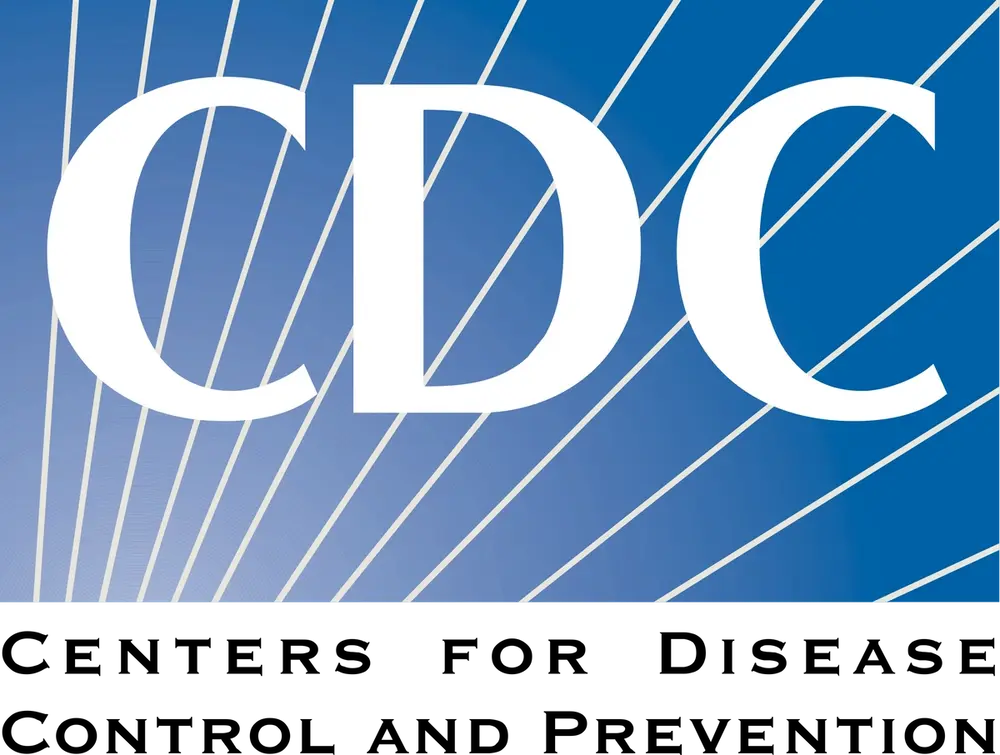Mysterious Increase in Rare Pediatric Intracranial Abscess in Las Vegas Area
Epidemiologists report cluster of pediatric intracranial abscess in Clark County, Nevada with Streptococcus intermedius the most common isolate.

A cluster of cases of rare pediatric intracranial abscess emerging in the Las Vegas, Nevada area prompted an advisory from the local health district in January 2023, and was the topic of a presentation at the annual CDC's Epidemic Intelligence Service (EIS) Conference in April in Atlanta, GA.
Jessica Penney, MD, MS, MPHTM, EIS officer, CDC, and colleagues reported that, in contrast to a median incidence of 4 cases/year in the county from 2015 to 2021, 18 cases occurred in 2022. Steptococcus intermedius was the most common isolated bacterial pathogen.
"More research is needed to identify specific risk factors and causes of this rare condition, and surveillance should continue to understand future trends," Penney and colleagues indicated.
In the Morbidity and Mortality Weekly Report (MMWR) of September 16, 2022, the CDC indicates that after a decline in cases across the US at the onset of the COVID-19 pandemic, cases increased during the summer 2021, peaked in March 2022, and then declined to baseline levels.
Hospital discharge data reviewed by the CDC indicated diagnoses of intraparenchymal abscess, subdural abscess or empyema, epidural abscess or empyema, or evidence of intracranial extension on imaging in absence of previous neurosurgical procedure or head trauma.
In phone interviews conducted by the Southern Nevada Health District (SNHD) to obtain details about the period preceding hospitalization, 64% (n=9) interviewees reported cold symptoms such as rhinorrhea and nasal congestion, 59% (n=7) had complaints of other symptoms such as headache (n=3), headache with fever (n=3), and head injuries with concern for concussion (n=2). Seventy percent (n=11) of the interviewees had sought outpatient or emergency department care for the children prior to hospitalization.
The SNHD found that the most common predisposing factor was a contiguous infection such as otitis media, mastoiditis, sinusitis, or orbital cellulitis. Fever was present in approximately 50% of patients who developed brain abscess, but history of headaches was a more common symptom. Focal neurologic findings were present in about half of the patients, and approximately 25% experienced seizure.
The incidence data in Clark County corresponds to the national pattern described by the CDC in declining in the period when isolation and protection measures were implemented for COVID-19. Although the SNHD makes no correlation, its data show that the spike in incidence was contemporaneous with the lifting of the region's mask mandate in February 2022; and the advisory notes that 38% (6) of the interviewees reported cessation of masking at that time.
The advisory recommends prompt treatment of children presenting symptoms consistent with the reported infections. It also indicates that the most important initial study for diagnosis is imaging, either CT or MRI with intravenous contrast.
"Consider intracranial abscess in a pediatric patient presenting with severe headaches or neurological symptoms after preceding upper respiratory illness, otitis media, or sinusitis.If suspected, obtain cranial imaging in consultation with neurosurgical specialists," the advisory states.
The advisory also recommends that clinicians educate their patients and parents on signs and symptoms of intracranial abscess, which include fever, severe headache, nausea and vomiting, changes in personality or behavior, changes in speech, problems walking, or other neurologic deficits, and seizures.
